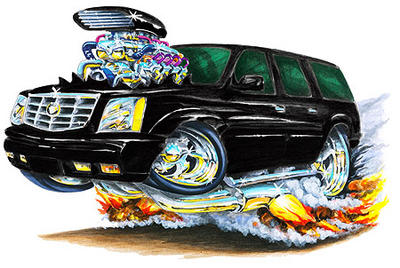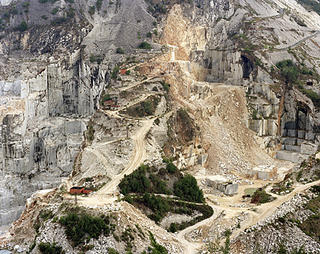 Los Angeles Times
Los Angeles Times
by Richard A SerranoAug. 4, 2005WASHINGTON — Supreme Court nominee John G. Roberts Jr. worked behind the scenes for gay rights activists, and his legal expertise helped them persuade the Supreme Court to issue a landmark 1996 ruling protecting people from discrimination because of their sexual orientation.
Then a lawyer specializing in appellate work, the conservative Roberts helped represent the gay rights activists as part of his law firm's pro bono work. He did not write the legal briefs or argue the case before the high court, but he was instrumental in reviewing filings and preparing oral arguments, according to several lawyers intimately involved in the case.
Gay rights activists at the time described the court's 6-3 ruling as the movement's most important legal victory. The dissenting justices were those to whom Roberts is frequently likened for their conservative ideology: Chief Justice William H. Rehnquist, Antonin Scalia and Clarence Thomas.
Roberts' work on behalf of gay rights activists, whose cause is anathema to many conservatives, appears to illustrate his allegiance to the credo of the legal profession: to zealously represent the interests of the client, whoever it might be.
There is no other record of Roberts being involved in gay rights cases that would suggest his position on such issues. He has stressed, however, that a client's views are not necessarily shared by the lawyer who argues on his or her behalf.
The lawyer who asked for Roberts' help on the case, Walter A. Smith Jr., then head of the pro bono department at Hogan & Hartson, said Roberts didn't hesitate. "He said, 'Let's do it.' And it's illustrative of his open-mindedness, his fair-mindedness. He did a brilliant job."
Roberts did not mention his work on the case in his 67-page response to a Senate Judiciary Committee questionnaire, released Tuesday. The committee asked for "specific instances" in which he had performed pro bono work, how he had fulfilled those responsibilities, and the amount of time he had devoted to them.
Smith said the omission was probably just an oversight because Roberts was not the chief litigator in Romer vs. Evans, which struck down a voter-approved 1992 Colorado initiative that would have allowed employers and landlords to exclude gays from jobs and housing.
"John probably didn't recall [the case] because he didn't play as large a role in it as he did in others," Smith said Wednesday. "I'm sure John has a record somewhere of every case he ever argued, and Romer he did not argue. So he probably would have remembered it less."
Jean Dubofsky, lead lawyer for the gay rights activists and a former Colorado Supreme Court justice, said that when she came to Washington to prepare for the U.S. Supreme Court presentation, she immediately was referred to Roberts.
"Everybody said Roberts was one of the people I should talk to," Dubofsky said. "He has a better idea on how to make an effective argument to a court that is pretty conservative and hasn't been very receptive to gay rights."
She said he gave her advice in two areas that were "absolutely crucial."
"He said you have to be able to count and know where your votes are coming from. And the other was that you absolutely have to be on top of why and where and how the state court had ruled in this case," Dubofsky said.
She said Roberts served on a moot court panel as she prepared for oral arguments, with Roberts taking the role of a Scalia-like justice to pepper her with tough questions.
When Dubofsky appeared before the justices, Scalia did indeed demand specific legal citations from the lower-court ruling. "I had it right there at my fingertips," she said.
"John Roberts … was just terrifically helpful in meeting with me and spending some time on the issue," she said. "He seemed to be very fair-minded and very astute."
Dubofsky said Roberts helped her form the argument that the initiative violated the "equal protections" clause of the Constitution.
The case was argued before the Supreme Court in October 1995, and the ruling was handed down the following May. Suzanne B. Goldberg, a staff lawyer for New York-based Lambda, a legal services group for gays and lesbians, called it the "single most important positive ruling in the history of the gay rights movement."
In the blistering dissent, Scalia, joined by Rehnquist and Thomas, said "Coloradans are entitled to be hostile toward homosexual conduct." Scalia added that the majority opinion had "no foundation in American constitutional law, and barely pretends to."
The case was one of several Roberts worked on pro bono at Hogan & Hartson, a prominent Washington law firm that expects partners to volunteer time in community service.
(read on) Is this a breaking story or not? Read more reactions at DAILY KOS.
















































